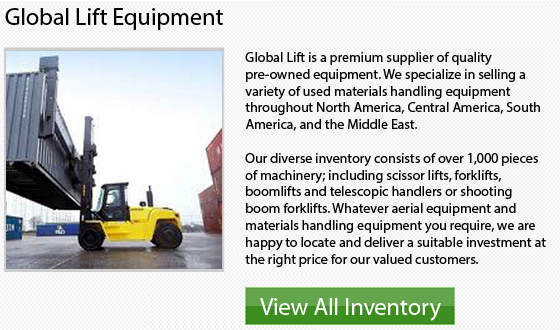
What is the Distinction between Pneumatic Tire and Cushion Tire?
Knowing the difference between cushion tire forklifts and pneumatic tire forklifts is one of the most common questions regarding this type of equipment. Each type of tire is specially suited for various needs.
Pneumatic Tires have air in them, like tires on a vehicle. These kinds of tires are ideal for indoor application but they are more effective on uneven and gravel surfaces and in outdoor "yard" applications.
Cushion tires are designed as a solid industrial tire which is used mainly for indoor operation. These tires are able to be utilized outdoors on just asphalt surfaces. If you do drive cushion tires outdoors, there is an alternative to get traction tires on the front of the machine. These are called the drive tires. The steer tires or the back tires are particularly designed for steering. Traction tires situated on the rear of the forklift would just wear out faster. Therefore, if you do need to work outdoors, having the smooth tires on the rear and traction on the front will be the most economical and safest way to operate.
What is the difference between Air Pneumatic and Solid Pneumatic tires?
It can be fairly difficult when trying to determine the main distinction between the two kinds of tires. They will work well in both in gravel and asphalt situations. The main difference between the two tire types is solid pneumatics are made of solid rubber. This means you cannot gouge, puncture and pop them since they are durable. These tires are more expensive than air pneumatic tires since they are made up of way more rubber. These kinds of tires are best suited for locations such as scrap yards and lumber yards where there may be plenty of debris or sharp objects on the ground.
Air pneumatic tires are able to be punctured accidentally. When this happens, you can get flat tires from them. Prior to utilizing a forklift with air pneumatic tires, be sure that the yard is free of nails, scrap debris and sharp metals and by inspecting your work space. In most applications, standard air pneumatic tires work great.